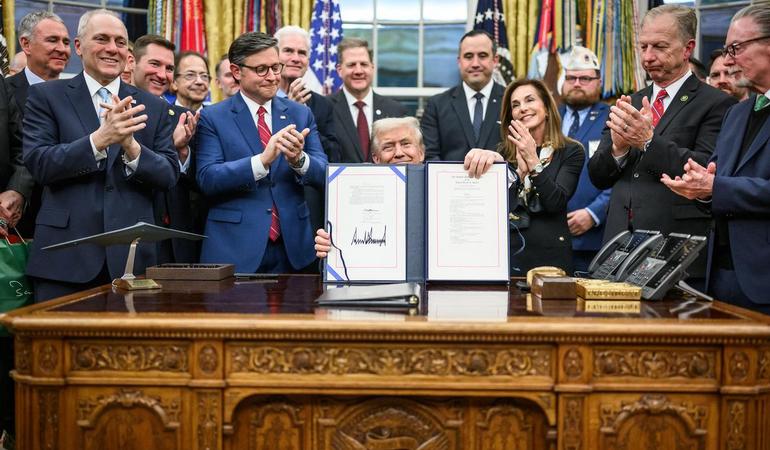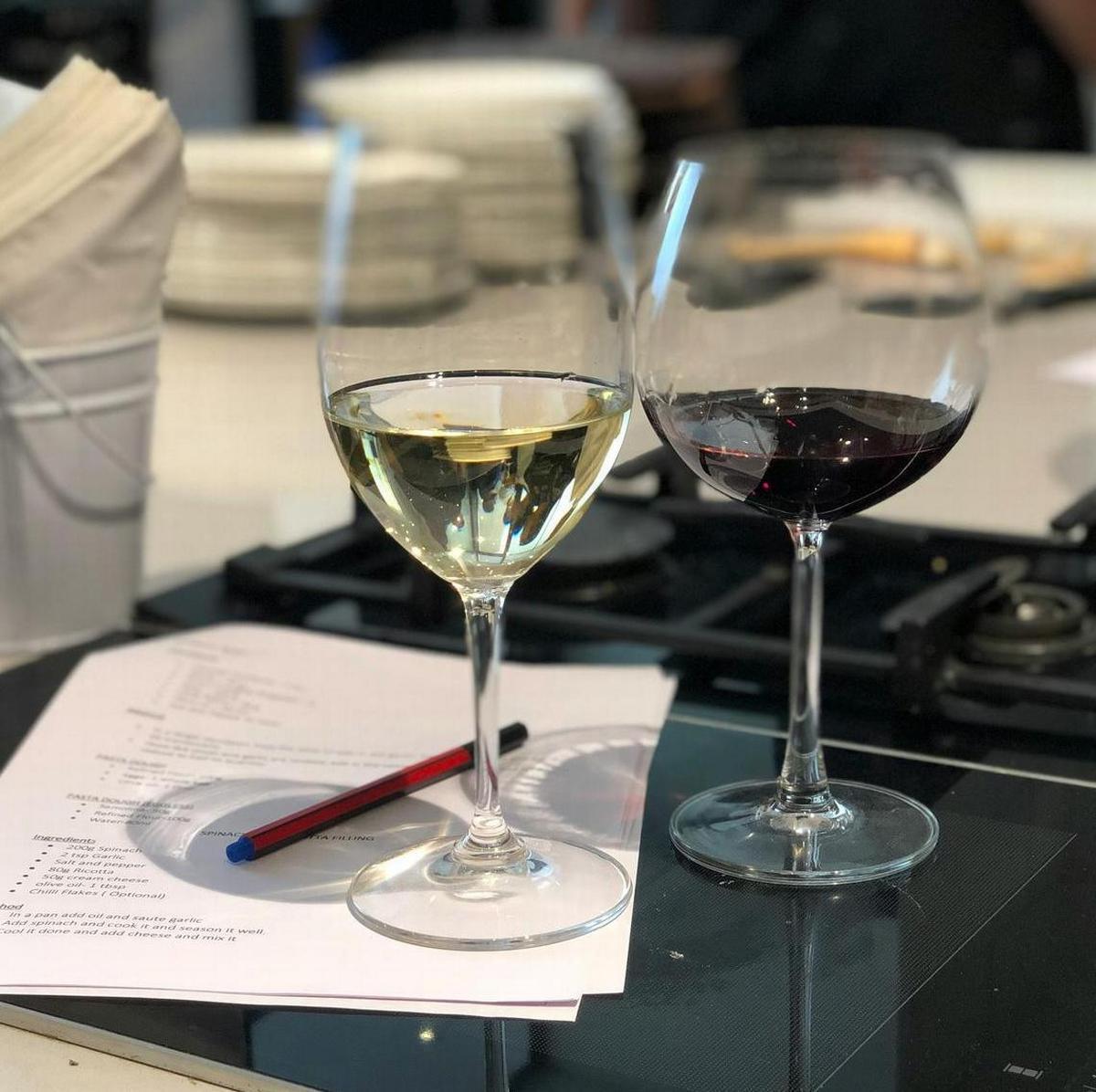
Scandalo Nba, la mafia affascina ancora gli Usa e Trump ne adotta lo stile



23 aprile 2025
Pfas do not spare even wine, and while until 1988 there was no trace of contamination, since 2010 there has been a sharp increase in the concentration of perfluoro alkyl substances, which are harmful to human health and the environment. These are the findings of research promoted by the international Pesticide Action Network (Pan), which brings together 600 NGOs representing 90 countries.
Pfas provoke cancers, but for Mario Draghi they serve the green transition
The group presented a report on the presence of Pfas in wine, a year-long work aimed at understanding whether and how certain fertilisers can have an impact on industrial agricultural production. The Pfas that came under the researchers' lens is called Tfa - trifluoroacetic acid - which has captured the attention of the scientific world for some years now.
In particular, 10 old and 39 recent wines from ten European countries were analysed. Only in the latter Tfa have been detected, with a value that is about 100 times higher than the average levels previously measured in surface water and drinking water. "We chose this product because it is a foodstuff with a longer consumption time and is found all over the world," explains Michael Muller, professor of chemistry at the University of Freiburg, who conducted the study.
There are Pfas in the blood of those who live near the Solvay plant in Alessandria
In a white wine produced in the agricultural area of Vienna, 320 micrograms per litre of Pfas Tfa were measured. "This is due to the use of many Pfas in fertilisers used in the agricultural chain for wine growing," explains Helmut Burtscher-Schaden, who collaborated on the report for the Austrian association Global 2000.
'Almost all Pfas,' he continues, 'once released into the environment, they degrade into Tfa, which reaches the final product by moving up from the roots of the plant to the grape berry. The average of this Pfas in the 39 samples analysed is 122 micrograms, which is also the value recorded in a Chianti Sangiovese produced in Italy in 2022'. 'In many fertilisers, the use of Pfas, including Tfa, has increased and today all districts with large industrial crops have to deal with it,' explains Pan spokeswoman Salomé Roynel.
PFAS, thousands of people in Piedmont drank contaminated water, says Greenpeace
Last March, the Pan network had presented a report on certain plant foods analysed since 2021 and denounced the presence of Pfas as a synthetic pesticide intermediary. "Analyses show the presence of at least 31 Pfas in pesticides, which are then found in food products. So far we have managed to ban flufenacet and flutolanil, but it took years of European working tables. Unfortunately it is no longer enough, we have to ban all Pfas,' insists Salomé Roynel.
Also in March, Cristina Guarda, a wine grower from Veneto and Green MEP, led a round table between experts and politicians precisely on Pfas Tfa and agriculture. 'The big chemical industry is also poisoning wine, as well as the food that arrives on our tables. Italy is the world's leading producer and as a businesswoman I hope the issue will be treated as a national emergency. Banning Pfas, replacing these substances in products and managing contamination are urgent actions to protect us farmers and consumers'.
The three Italian wines analysed by the European study were produced between 2022 and 2024 in Veneto, Trentino and Tuscany, but traces of Tfa were also found in drinking water in almost all of Italy, through independent analyses conducted by Greenpeace. In the Piedmont municipality of Castellazzo Bormida, the highest value was recorded, with over 500 nanograms per litre. It was precisely in that area, until a few years ago, that a company producing refrigerant gas, another product containing Tfa, was based.
The work of Greenpeace, which together with activists had already denounced the presence of Pfas in food from the Veneto region contaminated by the environmental disaster produced by the Miteni company in 2020, convinced the government to lower the new European limits in drinking water. For the first time, a single value was also introduced for Tfa, equal to 10 micrograms per litre, i.e. 30 times lower than that measured in European wines.
La tua donazione ci servirà a mantenere il sito accessibile a tutti
Mine antiuomo, piani sanitari segreti e finanziamenti "sostenibili": tutti i trucchi con cui l'Europa ci porta alla guerra
La tua donazione ci servirà a mantenere il sito accessibile a tutti